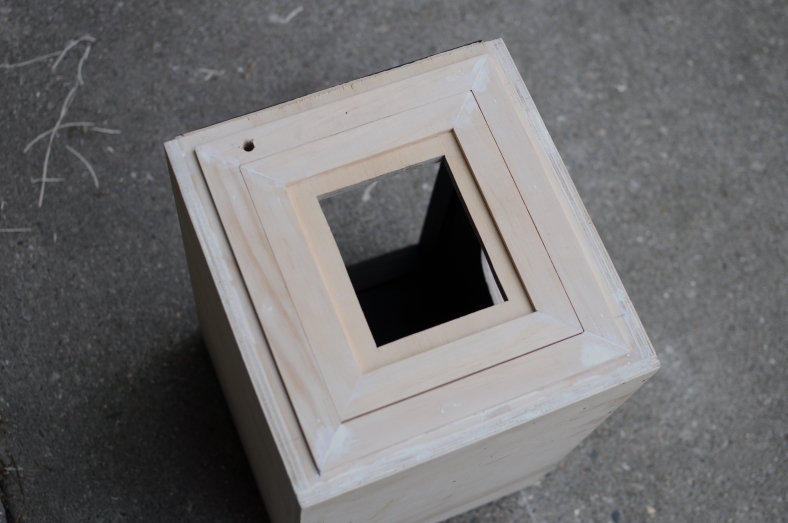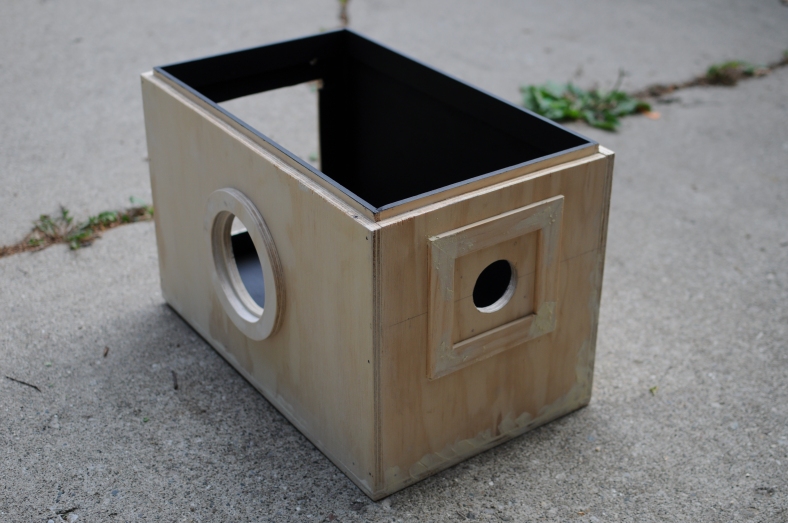I try to teach my students the importance of asking “why?” when exploring the past but I have realized that I don’t often ask the question myself when reflecting back on my motivations and experiences. This has been a summer of unbelievable self indulgence in that I have fully given into my interest in photography and spent way too many hours creating in my garage, shooting in downtown Detroit, or just lost in my own thoughts about this project. But why? Thanks to my brother from another mother, Eric (74Films) and his crew, I have the answer.
It was such an interesting experience to be on the lens side of the camera for this documentary. As a Leo, some say that I thrive on being the center of attention, but I have to say, this was a bit more difficult than I thought it would be. Translating feelings and inspirations into words is not an easy task. Eric and Rudy certainly worked hard to get me to describe my motivations in a way that would translate to the viewer. I hope it works.
I truly hope that this documentary motivates someone to begin that project they have been thinking about, or to disrupt their normal routine and create something, or just get them to ask of themselves, “why?”
I have been surprised by the response I get when shooting with this camera, regardless of the setting. Whether I am at a private party, a vintage market, or just shooting out on the street, people have been so interested, so supportive, and some even confused about how the damn thing works. Thanks to all of those who sat for a portrait as I honed my skills, to all of those who purchased a portrait at Eastern Market, and to everyone who stopped by to check out the box camera and took an interest in what I do. I am more inspired and motivated than ever to continue creating.






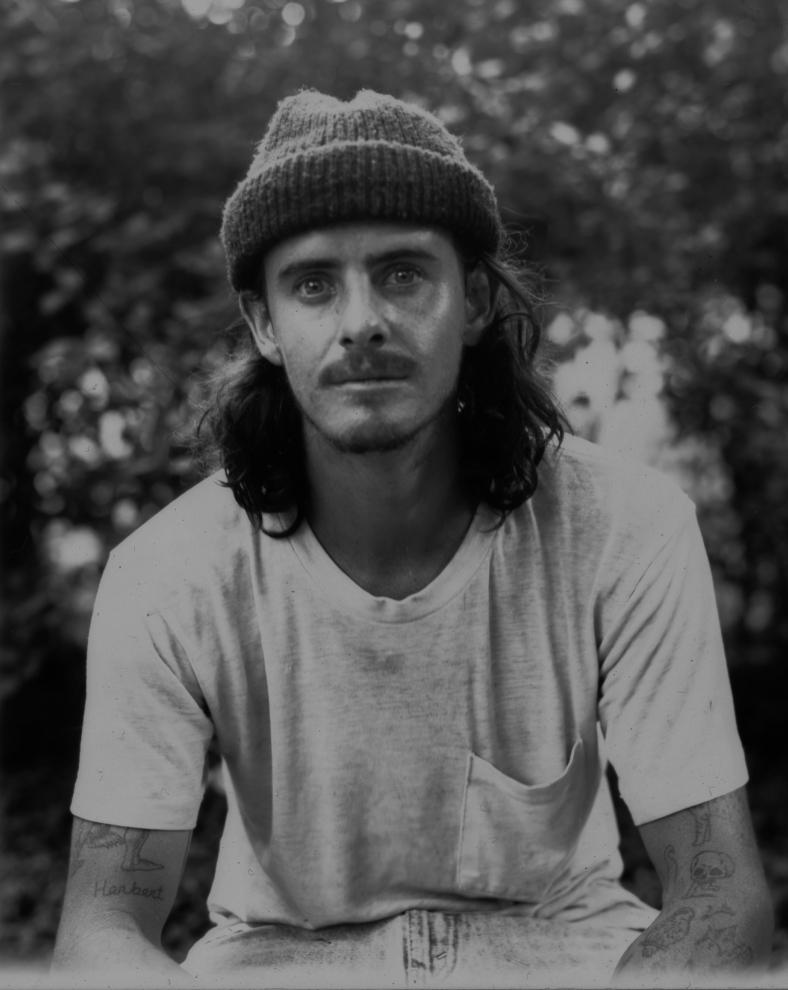
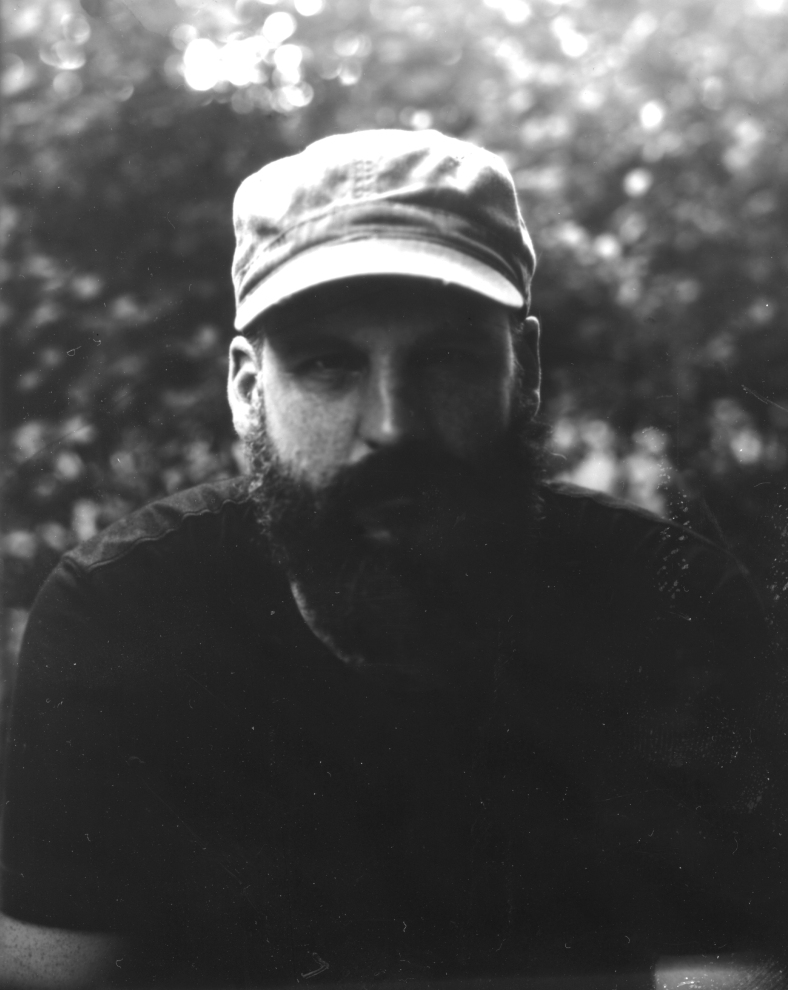
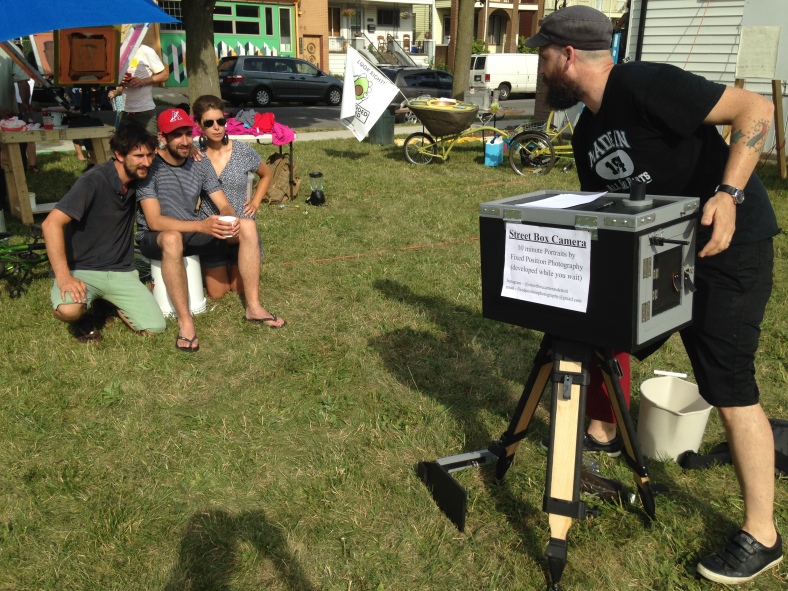








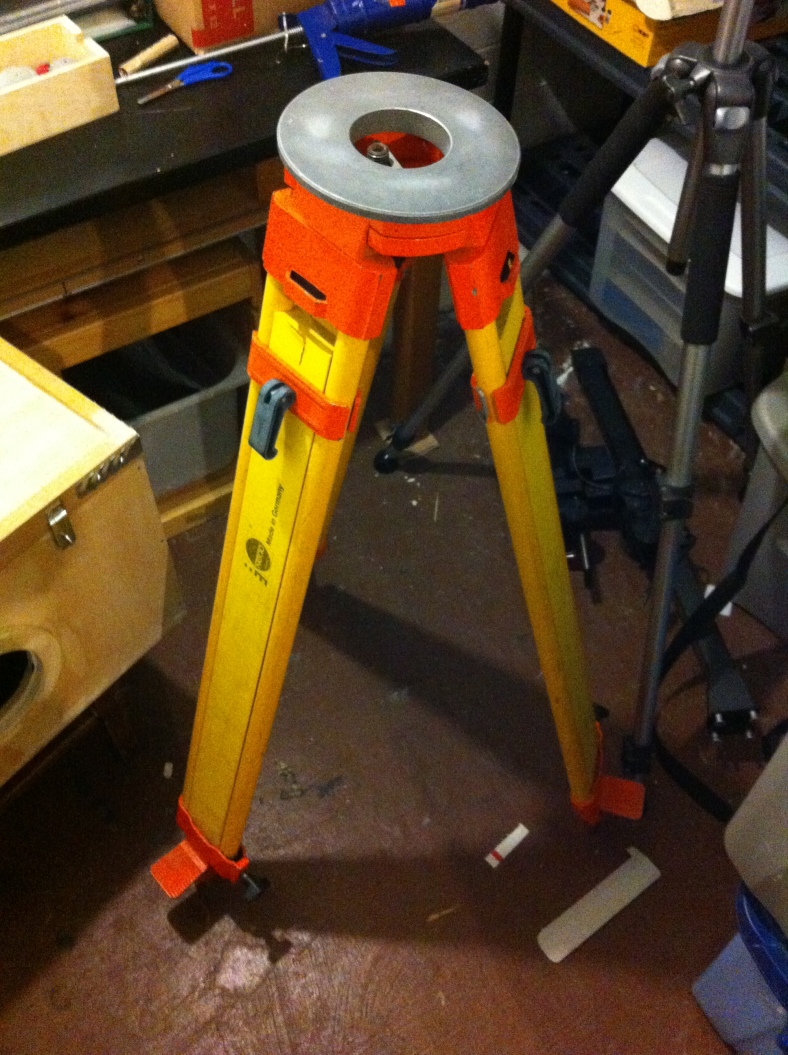
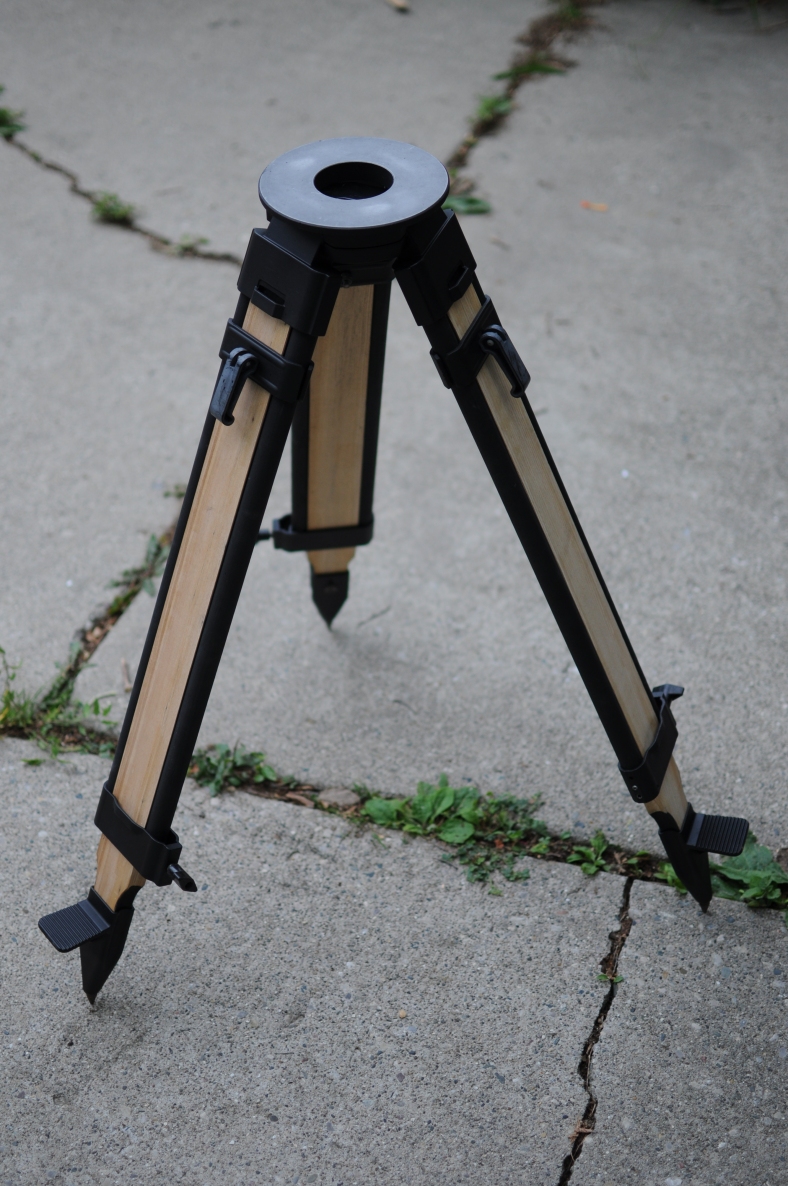





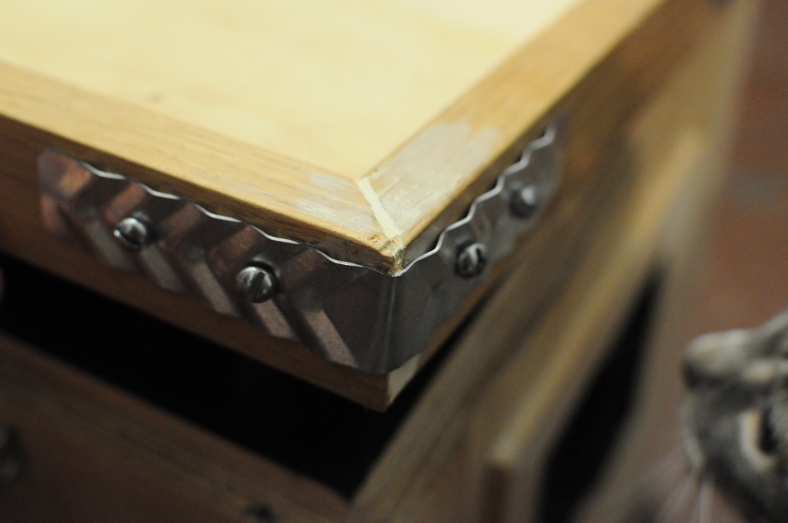 As evidence of my extremely weak wookworking skills and lack of confidence in my construction, I decided to remake the lid. I reused the materials and made it a bit smaller. The lid now sits flush with the sides which will make it easier to attach hinges. Also, not having the best woodworking tools means that, according to my assessment, I was not able to make a strong enough lid. I have reinforced it with some metal strapping that pulled the corners together nicely. Seems solid now.
As evidence of my extremely weak wookworking skills and lack of confidence in my construction, I decided to remake the lid. I reused the materials and made it a bit smaller. The lid now sits flush with the sides which will make it easier to attach hinges. Also, not having the best woodworking tools means that, according to my assessment, I was not able to make a strong enough lid. I have reinforced it with some metal strapping that pulled the corners together nicely. Seems solid now.